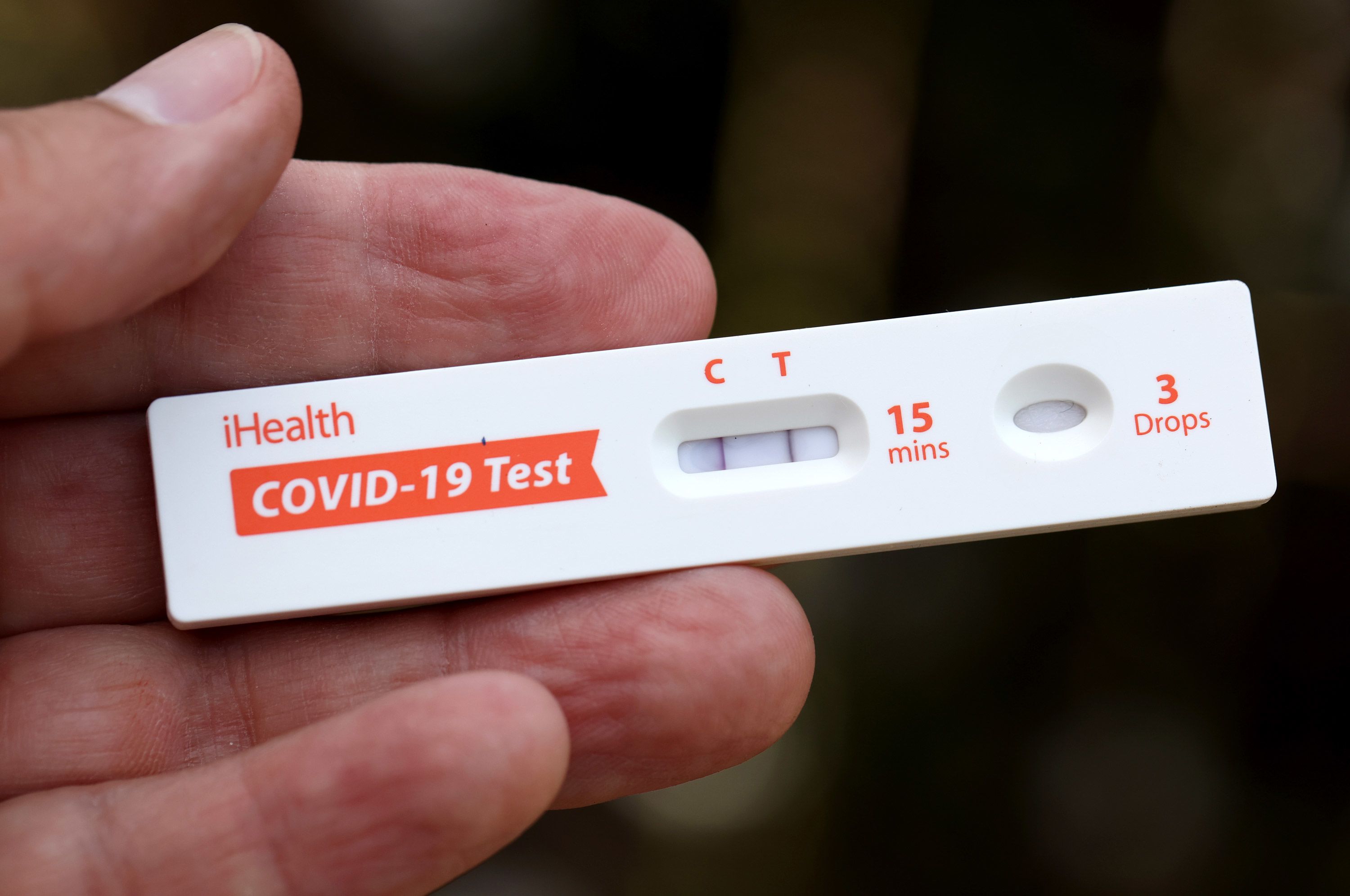New COVID Variant JN.1 Growing Fast In US, CDC Says
The new COVID variant JN.1 growing fast in US, according to the US Centers for Disease Control and Prevention. It's thought to be responsible for about 20% of all new Covid-19 cases in the US.
Author:Hajra ShannonReviewer:Paula M. GrahamDec 20, 202333 Shares32.8K Views

The new COVID variant JN.1 growing fast in US, according to the U.S. Centers for Disease Control and Prevention. It's thought to be responsible for about 20% of all new Covid-19 cases in the US. It's already common in the Northeast, where about a third of new cases are thought to be caused by it.
Right now, the HV.1 subvariant is still the most common strain, but JN.1 is close behind. The CDC's most recent numbers show that HV.1 caused about 30% of COVID-19 cases in the U.S. in the two weeks ending December 9. The second most common strain was JN.1, which made up about 21% of cases. The third most common strain was EG.5.
New COVID Variant JN.1 Growing Fast In US
A new type of COVID-19 called JN.1 is spreading quickly and could cause a new wave of illness across the U.S. this holiday season, just as other respiratory viruses are peaking.
People all over the world learned about the subvariant 'Pirola' this summer because it has more than 30 changes to its spike proteins. JN.1 comes from BA.2.86, also known as 'Pirola'. Scientists were worried that it had changed so much that it would not be stopped by vaccines or antibodies against COVID-19. They thought that it could cause another huge outbreak of illness like the first Omicron version did in 2021.
That didn't happen, but BA.2.86 stayed around and grew very slowly in some places, like the US. Some studies say it may not have really taken off because it may not have been able to infect our cells as well as it used to.
Some people are worried about JN.1 because it is growing so quickly and has so many variations. Scientists are keeping a close eye on it. The new type, on the other hand, is very similar to the one we've seen before. There is a straight link between it and "Pirola," which has been spreading in the US since the summer.
Its parent strain, BA.2.86, has more than 30 changes that make it different from the omicron XBB.1.5 variant. JN.1 has one more mutation than that. XBB.1.5 was the most common type for most of 2023, and the new COVID-19 vaccine is aimed at this variant.
The COVID-19 strains that are most common in the U.S. right now all come from omicron, which first appeared in late 2021. The CDC says that between late November and mid-December, the number of people in the US who had JN.1 more than doubled. Thanks to holiday travel and a weak immune system, it seems to be getting better. said Dr. Shishi Luo, who is in charge of infectious diseases at the genomic sequencing company Helix, said:
“„When I just look at the growth curve, it is rising quite sharply, and it seems to coincide with the Thanksgiving break in terms of timing.- Dr. Shishi Luo
Variety hunters say that JN.1 will soon be the most common type of coronavirus all over the world. The World Health Organization called it a "interesting variant" on Tuesday because it is "rapidly spreading," but they also said that the extra risk to public health is still low. Dr. T. Ryan Gregory, an evolutionary biologist at the University of Guelph in Ontario who has been studying how the COVID-19 virus has changed over time, said:
“„It’s already pretty clear that it is highly competitive with existing XBB variants and looks like it’s on track to become the next sort of globally dominant group of variants.- Dr. T. Ryan Gregory
The good news is that a new study from Dr. David Ho's lab at Columbia University found that the present COVID-19 vaccine, which was made to help the body fight the XBB family of variants, also works well against BA.2.86 and its offshoots, such as JN.1.
Final Thoughts
There is a new strain of COVID-19 that is expected to stay in the U.S. through the holidays. The type that is growing the fastest in the U.S. is JN.1, which is related to BA.2.86. The Centers for Disease Control and Prevention say that JN.1 was the cause of more than 1 in 5 new coronavirus cases in the last few weeks.
Once the strain showed up, groups like the CDC and the WHO warned that it should be closely watched because it had a lot of changes.

Hajra Shannon
Author

Paula M. Graham
Reviewer
Latest Articles
Popular Articles
